How to Use a Linear Encoder
Linear encoders are indispensable components in modern motion control and automation systems. Whether it's a linear actuator with encoder used in a CNC machine, a linear optical encoder guiding semiconductor equipment, or a magnetic encoder linear system embedded in robotics, the importance of precision measurement and feedback cannot be overstated.
In this comprehensive guide, we' ll walk through the definition of linear encoder and its working principle.
The setup process for various types of encoders
Connection techniques, including how to connect a linear encoder with a PLC
Testing and troubleshooting methods
Cost considerations such as linear encoder price
Application examples in real-world environments
What Is a Linear Encoder?
A linear encoder is a sensor system that detects linear movement and converts it into a digital or analog signal to determine position, speed, or direction. It typically comprises a scale (or strip) and a sensor head.
Common Types of Linear Encoders:
| Type | Description |
|---|---|
| Optical Linear Encoder | Uses light beams and photo detectors; high-resolution, ideal for precision tools |
| Magnetic Linear Encoder | Detects magnetic poles on a strip; good for harsh environments |
| Capacitive Linear Encoder | Measures changes in capacitance; compact and cost-effective |
| Absolute Linear Encoder | Provides unique position data even after power loss |
| Incremental Linear Encoder | Outputs relative position data requiring homing |
Components in a Linear Encoder System
Before diving into setup, let’s explore typical components in a linear motion module with encoder feedback:
Linear encoder sensor
Linear encoder strip (mounted on moving parts)
Readhead or linear slider (attached to the encoder body)
Cables and connectors (including options like line driver encoder output)
Signal conditioner or interpolator
Controller or PLC
Step 1: Pre-Setup Considerations
1. Choose the Right Encoder Type
Depending on the application, choose between:
High resolution linear encoder for semiconductor or CNC use
Heavy duty linear slide with encoder for industrial automation
Compact linear slides with magnetic encoders for space-restricted setups
For example, a sealed linear encoder is preferred in dusty environments, whereas an optical linear encoder is perfect for clean room conditions.
2. Understand System Requirements
Define:
Required resolution and accuracy
Travel range of your linear slide rail system
Environmental factors (e.g., temperature, vibration, humidity)
Step 2: Mechanical Installation
1. Mounting the Scale (Strip)
Clean the surface of the linear slide or guideway before mounting the encoder strip.
Use alignment tools to ensure the linear encoder strip is straight and flat.
Avoid bending or stretching during installation.
2. Installing the Readhead
Secure the readhead to the linear slider or carriage.
Maintain a fixed gap (per datasheet) between readhead and scale.
Use vibration-dampening mounts if needed.
In linear motor with encoder systems, make sure the encoder is mounted separately from any magnetic field interferences.
Step 3: Electrical Connection
1. Connect Encoder to Controller or PLC
For those wondering how to connect a linear encoder with a PLC, follow this guideline:
Incremental encoders output A/B/Z signals; connect them to high-speed PLC counters.
Absolute encoders may use protocols like SSI, BiSS-C, or EnDat—ensure your PLC supports these.
Use a line driver encoder output for long cable runs or EMI-prone environments.
2. Cable Management
Keep encoder cables away from power or motor cables.
Use shielded twisted-pair cables for signal lines.
Ground the shield at one end only to prevent ground loops.
Step 4: Parameter Setup and Configuration
Once connected, configure your encoder in the motion controller or PLC software.
Parameters include:
Resolution (µm or counts/mm): Based on encoder spec
Homing behavior: For incremental types
Direction polarity: Configure based on actual movement
Encoder type setting: Optical, magnetic, absolute, etc.
If you're using a linear actuator control module, verify encoder compatibility and scaling factors.
Step 5: Testing the Encoder
1. How to Test Linear Encoder Functionality
Use the following tools and techniques:
Oscilloscope: Check A/B channel waveforms
PLC monitor or encoder diagnostic tool: Observe position values
Multimeter: Verify power supply and signal line continuity
2. Basic Troubleshooting Checklist
| Issue | Possible Cause | Solution |
|---|---|---|
| No signal | Power issue, bad wiring | Recheck 5V/24V supply and cable |
| Incorrect reading | Wrong scale/offset | Calibrate using controller |
| Noisy signal | EMI | Use shielded cable and grounding |
| Intermittent signal | Loose connector | Secure all connections |
Optional: How to Make a DIY Linear Encoder
For experimental or educational purposes, you can make a basic linear encoder:
Scale: Printed optical pattern or magnetic tape
Sensor: Photodiode or Hall sensor
Controller: Arduino or PLC
Signal processing: Software interpolation or quadrature decoding
This is not suitable for industrial use, but it illustrates the concept of how linear encoding works.
Real-World Applications of Linear Encoders
1. Semiconductor & PCB Industry
High resolution linear encoders provide micron-level feedback for wafer steppers and PCB drillers.
2. CNC Machines
Linear optical encoders offer tight precision and feedback for axis control.
3. Printing and Packaging
Magnetic encoder linear types resist contamination and support high-speed feedback loops.
4. Robotics
Compact linear slides and linear actuator slide assemblies rely on encoders for repeatable motions.
5. Medical Equipment
Encoders inside linear actuator with encoder setups ensure accurate dosing or movement.
Cost Considerations: Linear Encoder Price
Prices can vary widely depending on:
Type: Optical > Magnetic > Capacitive
Resolution: Higher resolution = higher cost
Sealing: Sealed linear encoders add cost for protection
Interface: Absolute protocols tend to be pricier
| Type | Price Range (USD) |
|---|---|
| Magnetic Incremental | $50 – $200 |
| Optical Incremental | $150 – $500 |
| Absolute Optical | $500 – $1,500 |
| High-Resolution Sealed | $1,000+ |
When selecting, consider lifecycle cost—not just purchase price.
Conclusion
Whether you're working with a linear encoder sensor for a precision linear slides application or integrating a linear motor with encoder into your system, understanding how to use a linear encoder is essential. From choosing the right type, mounting it properly, wiring with care, to testing thoroughly, each step ensures accuracy and system integrity. As automation grows smarter and more connected, encoders play a pivotal role in delivering reliable, real-time position feedback in everything from sealed industrial modules to high-resolution mechatronic systems.

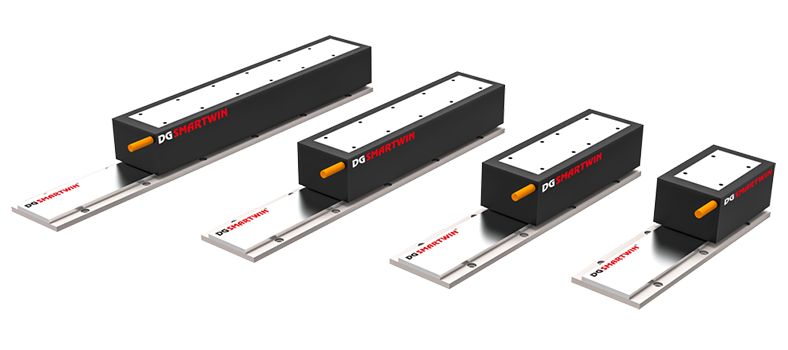

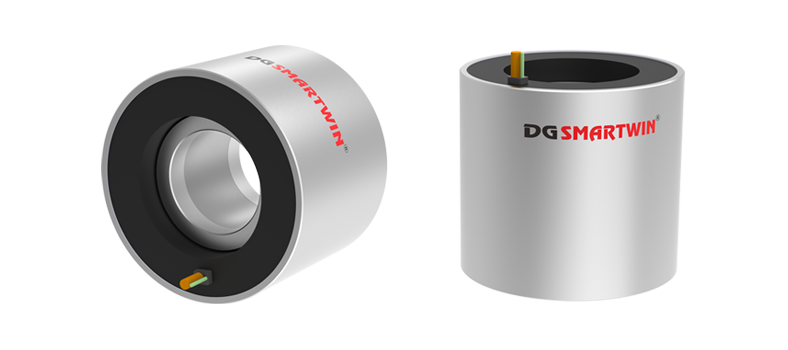
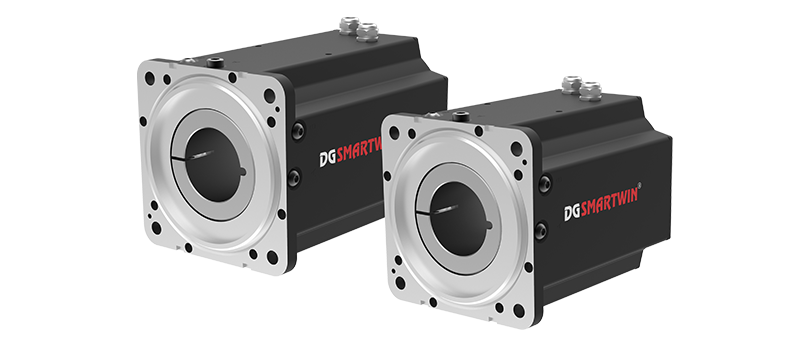

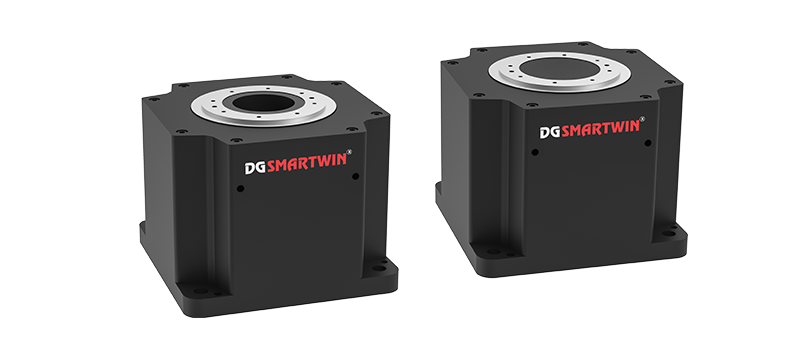
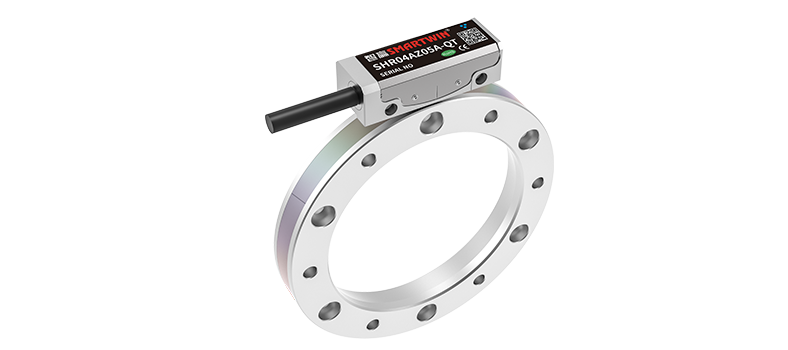
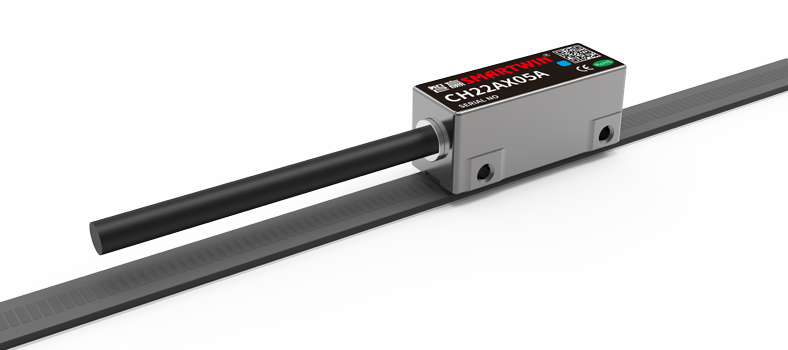








 En
En


